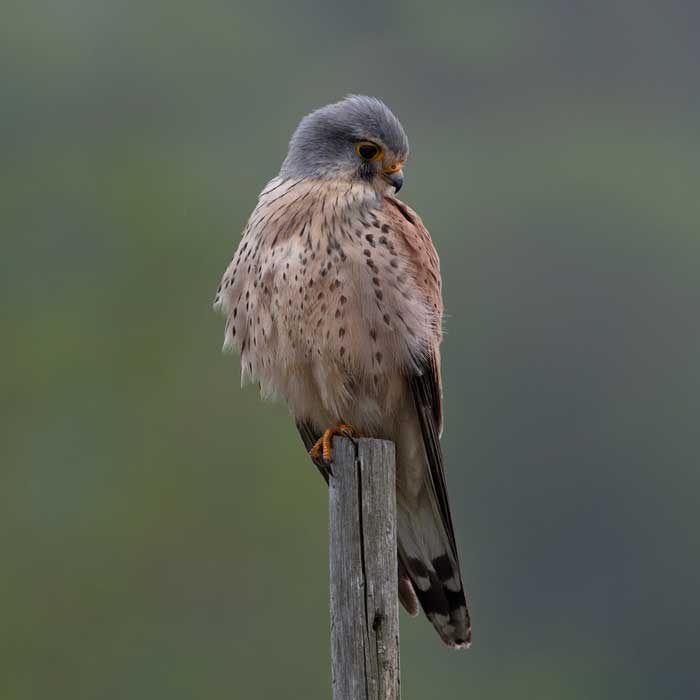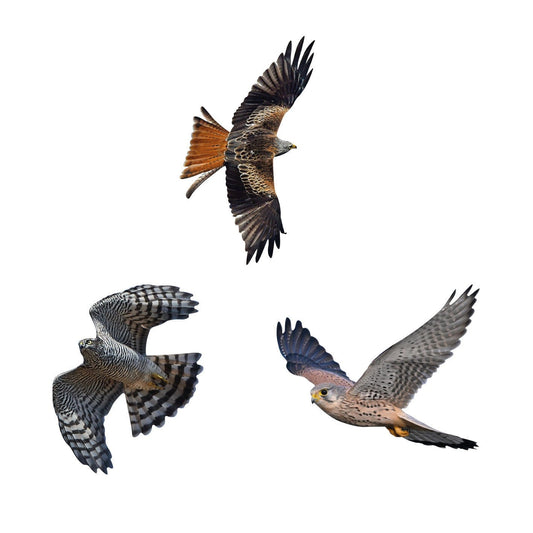
Kestrel
A common bird of prey in open countryside and urban areas, the kestrel is known for its adaptability and hunting skills. This fact sheet provides a detailed overview of the biology and ecology of the kestrel and highlights the importance of its protection and conservation in natural habitats.
Kestrel Products
-
Kestrel - flying (bird protection)
1 reviewRegular price 10,90€Regular priceUnit price / per -
Animal display kestrel - flying
Regular price 39,90€Regular priceUnit price / per -
Bird protection set of 3 - small
Regular price 14,90€Regular priceUnit price / per -
Animal display kestrel - sitting
1 reviewRegular price From 19,90€Regular priceUnit price / per -
Bird protection set of 3 - large
Regular price 36,90€Regular priceUnit price / per -
Animal display kestrel - flying - outdoor set
No reviewsRegular price 45,30€Regular priceUnit price / per -
Animal display kestrel - sitting - outdoor set
No reviewsRegular price 27,70€Regular priceUnit price / per
Profile: Kestrel
-
Scientific classification
- Class: Aves (birds)
- Order: Falconiformes (falcon-like birds)
- Family: Falconidae (falcons)
- Genus: Falco
- Species: F. tinnunculus (kestrel)
-
Physical characteristics
- Size: Body length of 34-38 cm
- Wingspan: 68-78 cm
- Weight: 150-300 g
- Special features: Small bird of prey with long, pointed wings and a long tail, blue-grey on top with black spots, cream-white underneath with dark longitudinal stripes, reddish-brown head with dark bridle stripe.
-
Habitat and distribution
- Common regions: Europe, North Africa, Asia
- Habitat: Diverse, from open landscapes such as fields, meadows and heaths to urban areas with tall buildings and towers.
-
Nutrition
- Diet: Carnivore
- Typical food: small mammals such as mice, but also small birds, insects and amphibians.
-
Reproduction and lifestyle
- Breeding season: spring to summer
- Nest building: In rock crevices, tree hollows, nesting boxes or on buildings such as church towers
- Egg laying: 3-6 eggs per clutch
- Brood care: Both parents participate in the breeding and feeding of the young
- Social structure: Mostly in pairs or small family groups.
-
Lifespan and protection status
- Life expectancy: Up to 8 years in the wild
- Threat status: Not threatened, but habitat loss, pesticide use and loss of nesting sites may affect local populations.
- Protection measures: preservation and protection of habitats, promotion of nesting aids, reduction of pesticide use.







